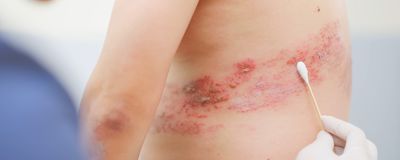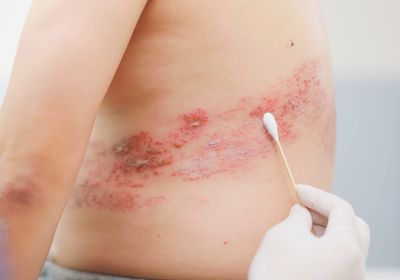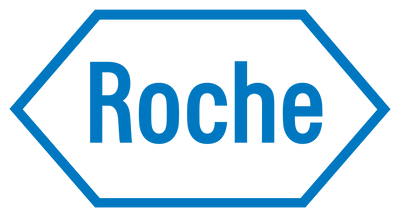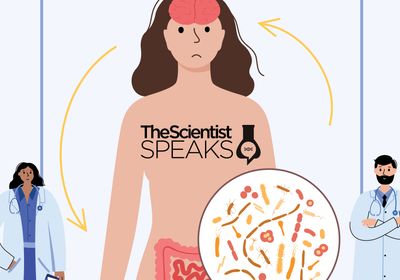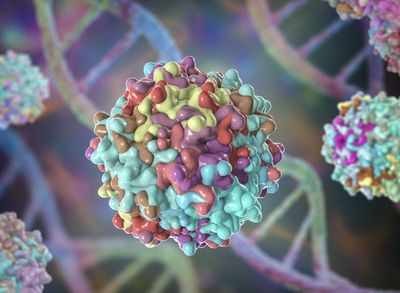ABOVE: (C) ISTOCK.COM, PONYWANG
People with genetic skin diseases are frequently symptomatic since birth, and such diseases can be severe, chronic, and hard to treat.1 One example is epidermolysis bullosa, which causes the skin to blister and break, leaving gaping, slow-healing wounds.2 At this year’s American Society of Gene and Cell Therapy conference, researchers presented preliminary work suggesting that lipid nanoparticles could one day deliver mRNA-based gene therapies to treat skin diseases in utero.
By injecting lipid nanoparticles directly into the amniotic fluid of pregnant mice, the researchers successfully delivered mRNA molecules to fetal skin. Combined with gene editing machinery like CRISPR, the technology may one day lead to treatments for genetic skin diseases before babies are born.
Lipid nanoparticles are tiny shells made of positively charged lipids, which bind to the negatively charged backbone of their mRNA cargo. Pegylated lipids, phospholipids, and cholesterol all help stabilize the particle, contribute to its structure, and fuse to cells in the body, allowing the particles to dump their contents inside.3 Previous studies have used lipid nanoparticles to shuttle genetic material to organs like the lungs, liver, and heart in utero.4,5
William Peranteau, a pediatric surgeon at the Children’s Hospital of Pennsylvania (CHOP) and coauthor of the work, and his team are interested in studying novel therapies for genetic diseases that affect patients shortly after birth. He said that skin diseases are particularly tricky to treat because health professionals may be limited to targeting a specific area, either by using a topical treatment, like a lotion or cream, or by injecting a drug.
The team tackled this challenge by injecting lipid nanoparticles containing mRNA for Cre recombinase into the amniotic fluid of pregnant mice on the ninth, 12th, and 16th day of the gestational period. (The mouse gestational period lasts a total of 20 days.) They used fluorescent Cre-reporter mice for their experiment, meaning that any cells that took up the mRNA packaged in the lipid nanoparticles would fluoresce.
“We did this at different gestational ages with the hypothesis that the earlier you’re able to do it, the more accessible the skin progenitor cells are and the easier they are to target,” Peranteau said.
When the mice were born, the researchers used fluorescence microscopy to confirm that skin cells throughout the body brought in the nano particles’ mRNA cargo. “The earlier we delivered the lipid nanoparticles, the more robust expression we could achieve in the skin,” Peranteau said. “That was exciting.”
“We could see the persistence of the effect on the skin as the mouse got older,” Peranteau said. This indicated to the researchers that they had successfully targeted progenitor cells within the skin. “The change we made could last throughout the mouse’s entire life.”
Niren Murthy, a bioengineer at the University of California, Berkeley who was not involved in the study, said that this technology has a lot of potential. Murthy explained that by targeting progenitors, the technique could potentially target cells throughout the body more easily than conventional gene therapy delivery techniques used in adults. “It’s much, much easier to transfer to 10 cells than it is 10 million cells,” he said. However, a big challenge that remains for these types of approaches is that people are hesitant to experiment on unborn children, said Murthy. “But there’s a certain fraction of childhood diseases that could be eradicated by in utero delivery.”
“It’s still very early, very proof of concept. I don’t think there’s a translational lesson to learn at this point. It’s just showing that it’s possible to deliver mRNA via lipid nanoparticles into the amniotic fluid and target fetal skin,” Murthy cautioned.
References
- Francis JS. Genetic skin diseases. Curr Opin in Pediatr. 1994;6(4):447-453.
- Bardhan A, et al. Epidermolysis bullosa. Nat Rev Dis Primers. 2020;6(1):78.
- Hou X, et al. Author Correction: Lipid nanoparticles for mRNA delivery. Nat Rev Mater. 2021;7(1):65-65.
- Gao K, et al. In utero delivery of mRNA to the heart, diaphragm and muscle with lipid nanoparticles. Bioact Mater. 2023;25:387-398.
- Riley RS, et al. Ionizable lipid nanoparticles for in utero mRNA delivery. Sci Adv. 2021;7(3):eaba1028.
